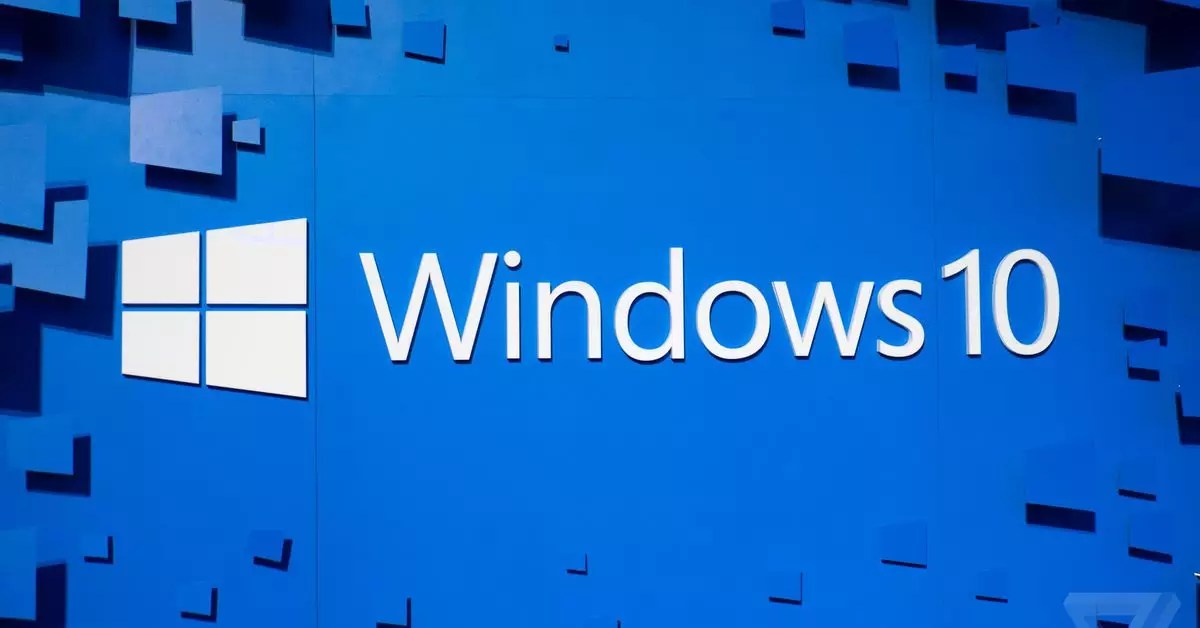Microsoft has recently announced that it will be ending support for Windows 10 on October 14th, 2025. This means that users who wish to continue using the operating system securely will have to start paying for Extended Security Updates (ESU). The pricing for these updates will start at $61 for the first year, with subsequent years seeing a doubling in price. This is a significant departure from Microsoft’s usual practice of offering subscriptions for ESUs primarily to organizations needing to run older versions of Windows.
One of the key points to note is that the pricing structure for ESUs is cumulative. This means that if a user decides to enter the program in the second year, they will have to pay for the first year as well. This could potentially be a deterrent for users considering joining the ESU program.
Focus on Businesses and Consumers
Businesses and consumers alike will need to purchase ESU licenses for each Windows 10 device they plan to continue using after the end of support cutoff date. While the first year is priced at $61, the costs will increase to $122 in the second year and $244 in the third year. This presents a significant financial burden for users who rely on Windows 10 for their daily tasks.
Microsoft has also introduced a 25 percent discount for businesses using cloud-based update solutions like Intune or Windows Autopatch. This discount drops the price to $45 per user for the first year, offering some relief to organizations grappling with the new pricing structure. Additionally, schools will receive an even larger discount, with a $1 license for the first year, doubling to $2 in the second year and $4 in the third year.
Transition to Windows 11
Microsoft is clearly nudging users towards transitioning to Windows 11 instead of opting for ESUs. However, the transition may not be smooth for all users. Windows 11’s stricter hardware requirements and security features have made it difficult for many users to upgrade. The OS is only supported on CPUs released from 2018 onward and devices that support TPM security chips. This has resulted in Windows 11 lagging behind Windows 10 in terms of adoption.
StatCounter data indicates that Windows 10 is still used by 69 percent of all Windows users, compared to just 27 percent for Windows 11. This significant gap poses a challenge for Microsoft in persuading users to switch to the newer OS. The company may need to consider offering discounts or incentives to encourage users to make the transition.
Microsoft’s decision to end support for Windows 10 and introduce paid ESUs has significant implications for users. The pricing structure, along with cumulative costs and strict hardware requirements for Windows 11, present challenges for businesses and consumers alike. It remains to be seen how Microsoft will navigate these challenges and whether users will be willing to pay for security updates or transition to Windows 11.


Leave a Reply